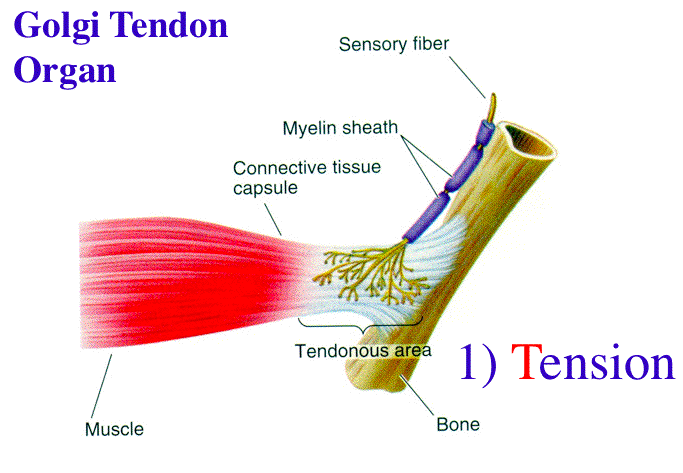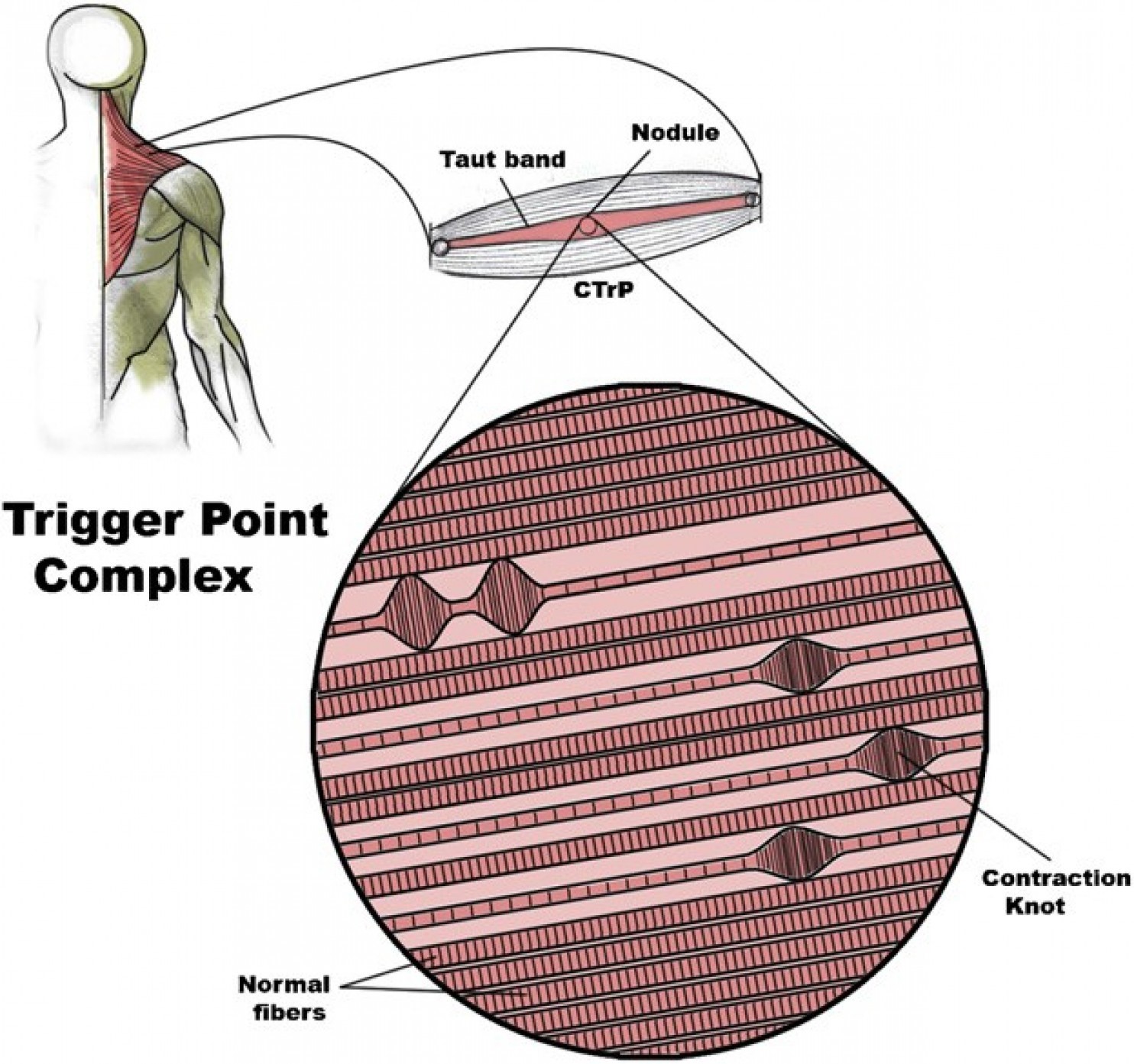You’ve heard this time and time again. Painful calves, foam roll them. You’re injured, foam roll the area. You’re poor in your squat depth, foam roll because your legs are tight.
This perception has been hammered into us time and time again, which has unfortunately led to the general populous and a hell of a lot of coaches out there jumping on the bandwagon and prescribing them left, right and centre as it’s the ‘correct thing to do’. The biggest thing to remember here is that there isn’t a ‘one size fits all’ approach when it comes to combating tightness, movement issues, and joint restrictions.
So in this article, I’ll attempt to hit all the nerd areas and scientifically explain why we foam roll before I then give y’all the fun, hands-on ‘do’s, don’ts, and when’s’ in the next instalment. However, I’m sure a lot of you out there would like to flick to the cool videos and pictures and bypass the reasoning and justification. DON’T DO THIS – you’re better than that. Understanding the reasons WHY you are doing something betters you as an individual and as a coach. Don’t become one of these shit coaches out there copying people, making Instagram videos, and having no idea why you’re doing it. Knowledge is power said someone at some point in history, who I’m sure was very clever!
So, onto the science.
Foam rolling is an instrument in the toolbox of ‘self-myofascial release’ and is aimed at releasing muscle tightness and trigger point release through self-massage. Not a bad idea, as going for a massage costs about 40 bucks, and foam rolling is free which is always a win – I love me something for free!!
So what are Self-Myofascial (SMR) and trigger point release?
Firstly, fascia is the connective tissue that encases our entire body. It’s beneath the skin, it stabilizes, encloses, separates, and binds muscles together. It helps with blood distribution. Think of it as the glue that holds us together.
Trigger points are a sensitive area within this fascia (see my awesome photo below) that are pretty damn painful. Trigger points are tricky buggers, as their pain can radiate throughout the muscle, or can cause referred pain.
SMR release works on two key principles.
1. It manipulates neuromuscular receptors to release muscle tightness
The Golgi Tendon Organ (GTO) is a proprioceptivesensory receptor organ that senses changes in muscle tension and is located where muscle fibres of skeletal muscle meet tendons.

Benefits to trigger point manipulation:
- SMR stimulates these receptors through applied pressure.
- The GTO responds to tension and stimulation.
- Producing autogenic inhibition.
- Therefore allowing the GTO to relax the muscle.
Autogenic inhibition relies on the body’s self-regulatory mechanisms of the GTOs in order to protect the body
If there is too much muscle tension the GTO will inhibit the muscle from creating any force via a reflex arc, stopping potential injuries.
2. It breaks up fascial adhesions – focuses on the dysfunctional area with the intent to release the spasms and break up these adhesions.
So as the great Dr Kelly Starrett says in his book “Becoming a Supple Leopard”, it’s like using a chisel to pick away at these knotted-up pockets of tissue, instead of using a sledgehammer to break up a large muscle mass. Think of it like tenderising a steak, or Chuck Norris punching you until you’re a bag of mush. That’s what we’re doing to our muscles – we want them nice and supple. So by applying pressure to points on your body via foam rolling you’re restoring them to normal function = elastic, recovered, healthy, and pain-free.

Trigger Point Complex – Key
Taut Band: A group of tense muscle fibres extending from a trigger point to the muscle attachments.
Nodule: Hard point within taut band.
CTrP: Central Trigger Point.
So, what causes these trigger points? I hear you ask.
Well, that’s an open-ended question!!! There are tonnes of contributing factors, from sleep all the way through to poor posture and other lifestyle choices. Either way, the fact is if you have them, you need to do something about them.
So when to foam roll? What a question. With so many contradicting factors out there, different coaches preaching different things, it’s hard to know what to do. Do we do it before, do we do it after, athletes do it, physios do it, so should it?
It can definitely be tough to decide whether it’s right for you or are you simply wasting your time and be better off programming more worthwhile additions.
Confused…?
DEFINITELY!!
In all honesty, there is no absolute. To say there is a definite answer one way or another would be ridiculous, and downright stupid on any coach’s part. The information out there is crazy inconsistent.
But does foam rolling work…? Yes. Will it work for everyone…? No.
Join me for the next article, where we discussed all you need to know in the hands-on world of foam rolling:
- The benefits
- When to practice SMR
- The effects on mobility
- SMR for recovery
- SMR for correctional exercise
See you then!
Be ready for anything,
Coach Sale.
Author - Luke Sale - Head Coach & Mentor

Like what you read? Want to know more?
If you have a question about anything Health & Fitness that you want to see answered in a future article, or even fancy treating your brain & body to a whole day with one of our brilliant Mentors. Please contact us and we will get back to you within 24hrs.
Remember – It is never too late to bulletproof your future self.
